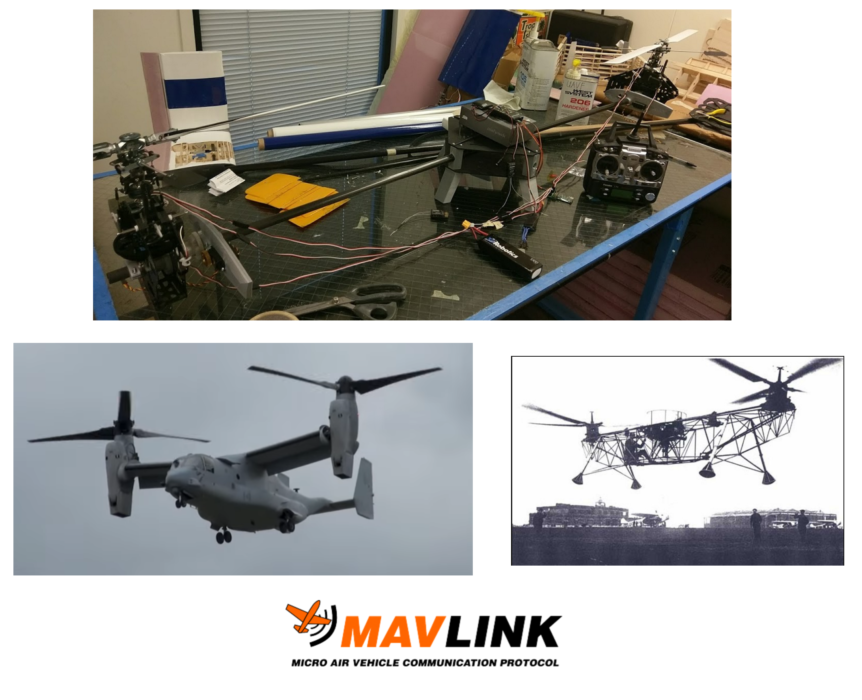Welcome back! Our first meeting of Spring 2018 begun with a review of our project goal and picking up where we left off last quarter.
Before all that, our project leader Cheng announced that a transition in administration for the next school year will occur at the end of Spring. This transition is something for our members to keep in mind as some of our team leads are graduating this Spring.
Then, Cheng addressed the feedback he received during the Winter quarter. Our project holds individual end-of-quarter project critique discussions with each team to help improve the project. One issue was the confusion across the different disciplines in the project. Many members don’t understand the terminology each team uses, they can’t comprehend how a certain team’s work contributes to project, and they can’t judge how each team is progressing during the quarter. Cheng’s solution is to ask the team leads to make their presentation slides more understandable during the general meetings. Cheng also encourages members to ask questions on confusing or unfamiliar topics that appear in the general meeting. Another concern was the questions of holding general meeting. Many teams hold their own team meetings on the same day the general meeting occurs and members feel it is too redundant to attend the general meeting. Members are asking if they can skip the general meeting. Cheng will not allow this, for general meetings is a measuring for grading, participation, and learning (the Q-and-A aspect). Cheng suggests the team leads to have two team meetings before Friday to avoid idleness. These concerns were a great help in improving the project’s coherence and enlightening our members more.
Speaking of coherence, a review of the project goal was discussed during our meeting. Two videos visualized what UAV Forge wants to accomplish: a flight demonstration of Boeing’s V-22 Osprey and the first flying tandem rotorcraft created Nicolas Florine in 1933. Our plane is inspired by the V-22, an aircraft that has tilt rotors. The video of the V-22 shows how the plane transitions between horizontal and vertical flight. The V-22 can achieve roll (rotation about the nose-tail axis), pitch (rotation about the wing axis), and yaw (rotation about the vertical axis). The video of the tandem rotorcraft reinforces our project’s progress, as our tilt rotor prototype looks exactly like the tandem rotorcraft. To make a tilt rotor, we must first understand how a tandem rotor works. We hope to get our tilt rotor prototype flying just like the tandem rotorcraft and later, produce a final model that can roll, yaw, and pitch.
To achieve these goals, our teams have made the following tasks for the quarter.
The Propulsion team will focus on configuring the tilt rotor prototype’s movement now that Avionics has finished the wiring of the plane’s electrical components.
Mechanical Design’s goal is to get a working model out for Propulsion to use. To do this, the team will be collaborating closely with Fabrication, supporting them in their work. The team will modify any components based on Fabrication’s feedback. Lastly, Mechanical Design is optimizing the new fuselage design for ease of manufacturing.
Fabrication team has two goals for the quarter: 1) to have a completed model of the plane with the frame and wings, 2) to communicate effectively and frequently with Mechanical Design.
Ground Station has completed the program, Ground Station 1.0, with all its modules involving GUI Widgets, networking, mapping, and file handling. They have bundled Ground Station 1.0 and the Simulator into an executable application and will begin usability tests. For Spring, the team wants to improve the Simulator so that it can produce more realistic data outputs and be more faithful to the protocol. The team is also researching the capabilities and limitations of the MAVLink protocol. MAVLink is a new application that will help make the network code that enables the Pixhawk to communicate with the GUI program. Making a unique, customized network protocol is a lot more difficult and MAVLink is the team’s solution to this issue. Ground Station will attempt to adapt the protocol to the specs of our purposes.
For Avionics, both the Hardware and Software teams will be working on the plane’s electrical components. The Software division is testing the LINDAR, ultrasonic sonar, and other sensors using Pixhawk 1. Specifically, the sonar will be tested with I2C while the LINDAR is tested through PWM interfaces. Software will also perform object sensing tests using a quadcopter we have. Their experiments will involve the quadcopter to perform a “return to launch” mission (RTL) after sensing an obstacle. Software is collaborating with Ground Station to work on the communication protocol. The division will use Linux to create the ArduPilot code that the Pixhawk 1 will read. Then, the Hardware division is preparing the tilt rotor prototype’s circuit for its first flight test by implementing a final wiring layout. They will also continue working on a battery bus design for the quadcopter to make battery charging more accessible without the need for dissembling.
This will be an exciting quarter! We hope our work will get this plane flying!

